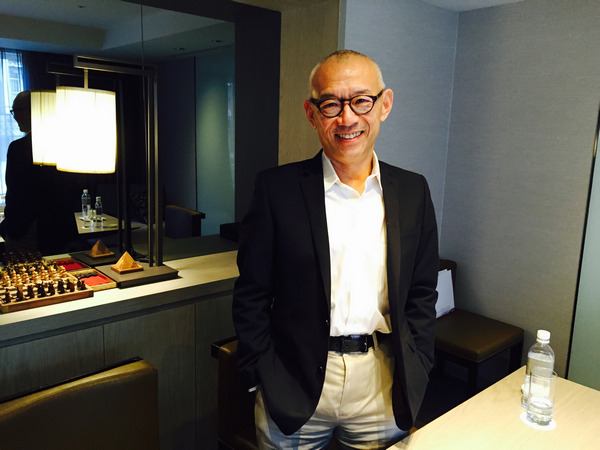Leading U.S. LED manufacturer TCP Lighting will be using its Taiwan arm as its new Southeast Asia headquarters, said the company CEO Ellis Yan in a recent interview with LEDinside in Taipei, Taiwan. As the next step of its business strategy, TCP Lighting plans to venture into Southeast Asian countries including Malaysia, Philippines, Thailand, Indonesia, Vietnam, Singapore and others. “We will be training staff in Taiwan, before sending them to neighboring Southeast Asian countries,” explained Yan.
TCP Taiwan will be established with the aim of expanding in Taiwan and Southeast Asia markets, said Richard Chuang, Director of TCP Taiwan. The new company will be responsible for Southeast Asia lighting sales. “TCP Taiwan Corporation has been officially approved by the TCP U.S. board last month,” said Harik Su, General Manager of the new arm. The company aims to complete setting up its Taiwan office within the next three to four months.
The LED manufacturer already has presence in major markets including U.S., Canada, Japan, China, Taiwan and South America. “The LED industry is very strange, we have seen overall global growth and there isn’t any particular region that is doing better than others,” said Yan. As LED performance match traditional luminaires, Yan estimates the global LED industry will be entering a new growth phase from 2015 to 2017.
 |
|
TCP Lighting CEO Ellis Yan. (LEDinside) |
Lighting demands vary across different global markets
With verycomprehensive global coverage, Yan noted different regional markets had very different demands. In mature markets such as U.S. and Europe, clients tend to have very high standards for product quality and lighting quality. Moving south to Mexico or South America, clients tend to expect certain product quality per dollar. While developing countries, such as China can be “very challenging,” said Yan.
The European LED application market kicked off slightly earlier than U.S. “I see growing potential in mature markets,” said Yan. “In these markets it is important to persuade your clients to buy the products they need.” The U.S. market remains a difficult sector to enter, yet still offers plenty of opportunities, said Yan. It is a very competitive market, where manufacturers can take 10 to 20 years before they can succeed. “We have not observed cut throat pricing competition in the U.S. market, most LED products sold at shops are priced at around US $9,” he explained.
In Japan, clients can be very conservative even though they may have basic understanding of LED products. LED applications have grown the quickest in the Japan market, especially in the aftermath of the magnitude 9.0 earthquake and tsunami that hit the country in 2011, noted Yan. Since the Fukushima nuclear disaster in the aftermath of the earthquake, Japanese consumers have heightened energy consumption awareness. Compared to other regional markets, the Japan market has a fairly high LED conversion rate of 10% to 20%, said Haoyang QI, Assistant to CEO, Asia Marketing Executive Assistant, TCP-China. The Japanese market also continues to be supported by government policies. “It is estimated that 20% to 40% of Japan’s public and civilian lighting are now LEDs,” said Yan. Still, due to the market’s higher costs, the country’s LED retrofit projects is more expensive than in the U.S. market.
The Chinese market is marked by its low lighting quality and cutthroat prices because consumers do not have the same requirements for lighting quality as in the U.S. “About 60% of Chinese LED products do not have very good quality, and only 15% to 20% are good quality products,” said Yan. This indicates only a small number of consumers in China are willing to spend extra money on quality lighting, thus creating large pricing pressure.
However, there is a solution to China’s low pricing strategy. “The solution to this is concept,” said Yan. Every LED luminaire will have a certain cost structure, since LED chips and other components need to be purchased. Yan believes it is possible to lower LED raw material costs, while ensuring the product meets advertised brightness and lifetime. However, products need to be tested for reliability. By controlling costs through in-house manufacturing, TCP Lighting, for instance, is selling quality LED bulbs at only RMB 9 (US $1.44) in China’s Walmart.
From TCP Lighting’s example it can be seen that product quality does not have to be sacrificed over economic manufacturing. There are also strategies manufacturers can implement to further reduce manufacturing costs. In a global economy, though, the key to any company’s success will be remaining sensitive to different regional consumer demands and responding in a timely manner.
(Author: Judy Lin, Chief Editor, LEDinside)












